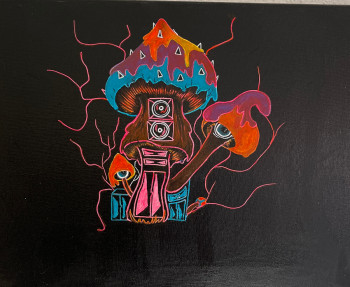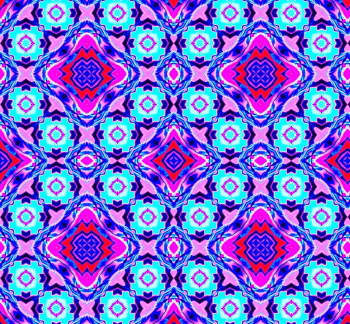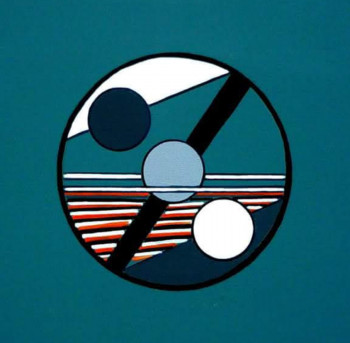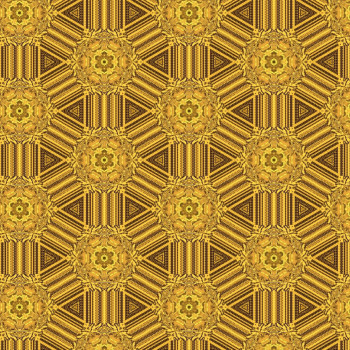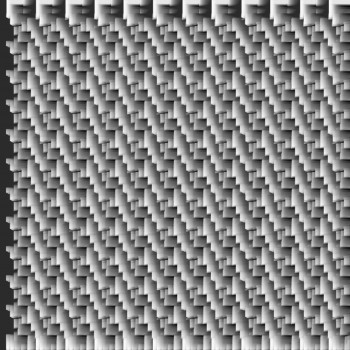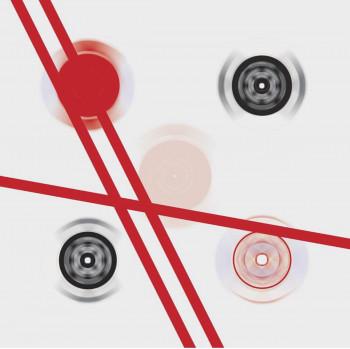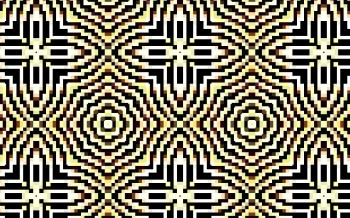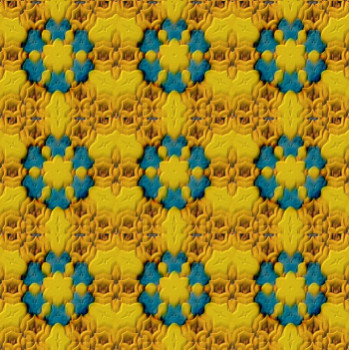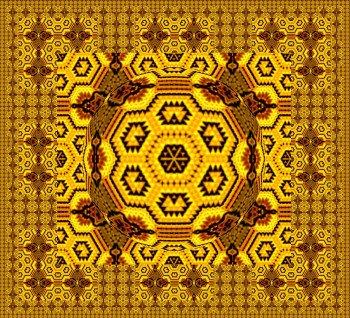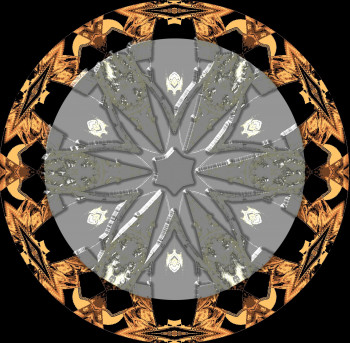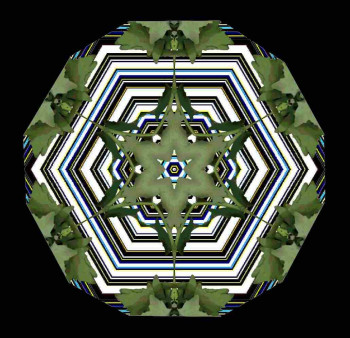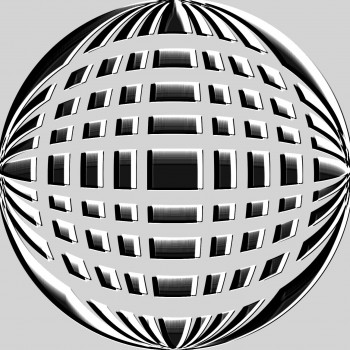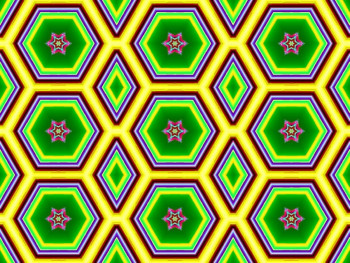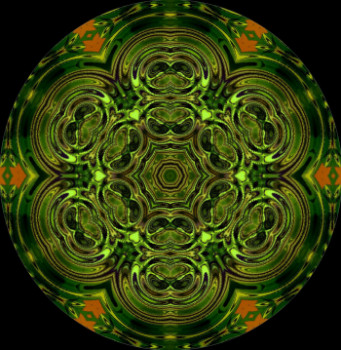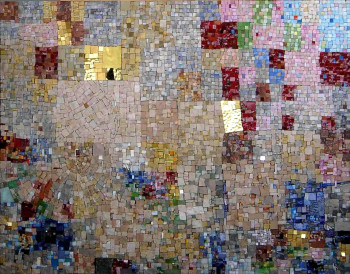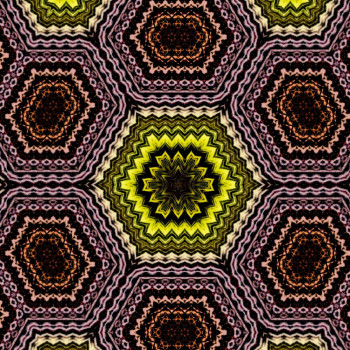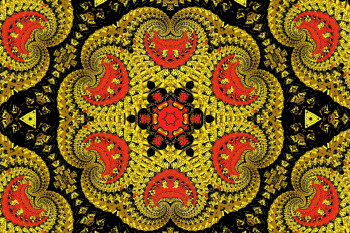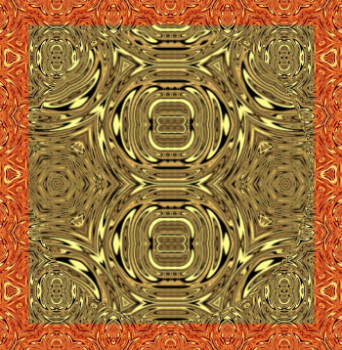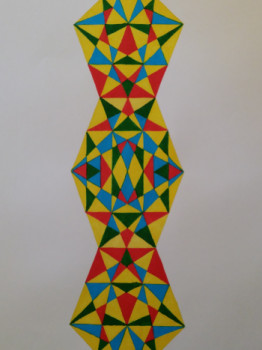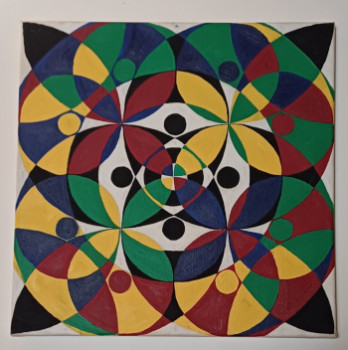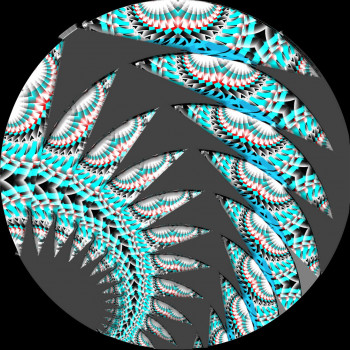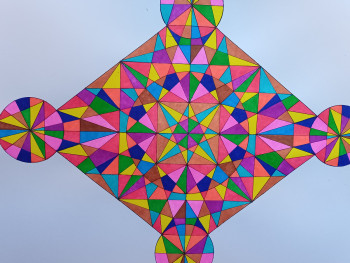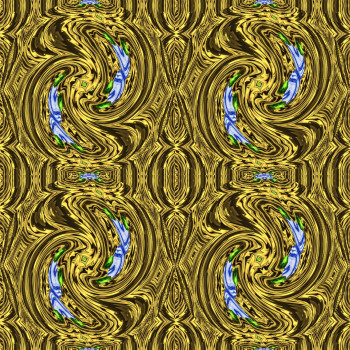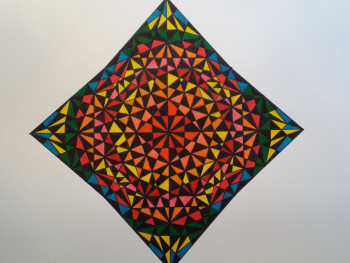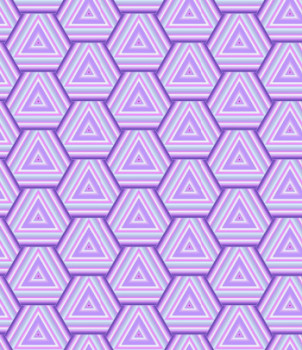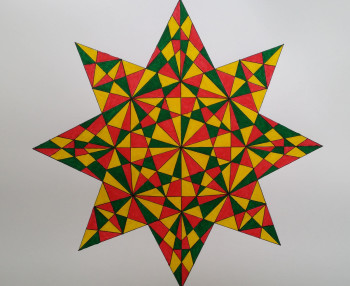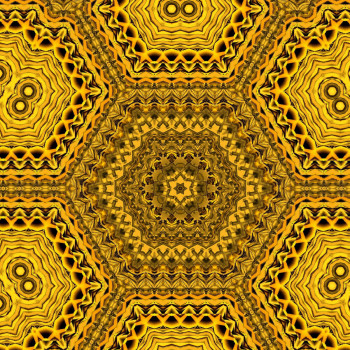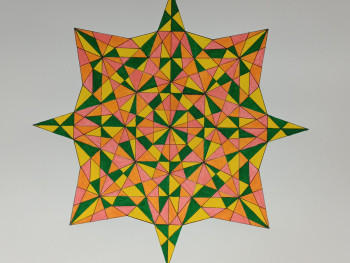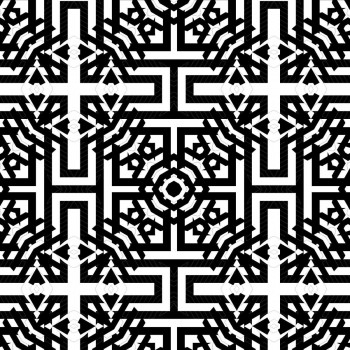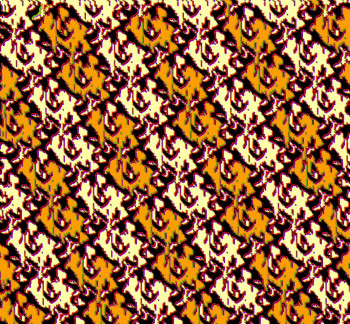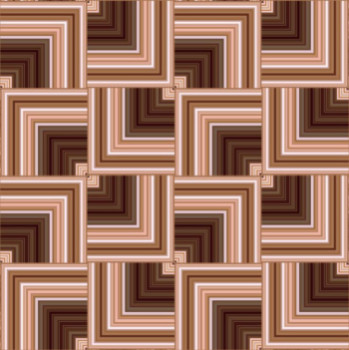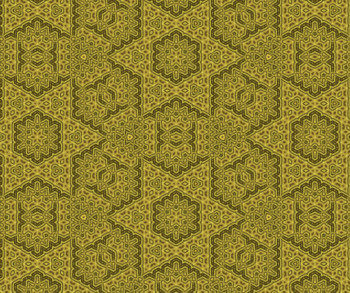
The painter Vasarely
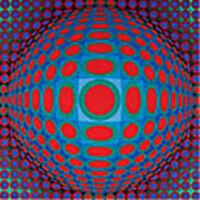
The Life of Victor Vasarely
Victor Vasarely was born; Pécs on April 9, 1906 in Hungary. After his baccalaureate in 1925, he began to work. study medicine at home Budapest, but after 2 years, he abandoned his medical studies and enrolled at the Beaux Arts from 1927 to 1927. 1929, to take an interest in the Bauhaus in Paris. the Mühely Academy where he became a student of Sandor Bortnyik. The painter has always kept his scientific mind. In his drawings, we find the perfection of the features of his training in architecture. Thanks to artists like Malevitch, Kandinsky, Paul Klee, he learned abstract art, then he was an artist. taken from constructivism, surrealism and cubism. Victor Vasarely is also strongly attracted to by color and optics.
Vasarely perfects his mastery of trompe-l'ilœil. An artist of the 20th century, he enjoys his notoriety. in his lifetime. It stands out from contemporary art thanks to its his geometric abstract painting which bears the name of kineticism.
In 1930, he moved to Arcueil with his wife Claire Spinner, in the Plas workshop. In this avant-garde period of abstract art, he became a graphic artist in advertising agencies such as Havas, Draeger and Devembez. From this period, the painter cultivated his own style. It’s moreover at the same time. at that moment that the artist produced one of his best-known works, Zebra in 1937, the most prestigious creation of Op’art (art optical).
In 1934, he gave birth to &agrav; Jean-Pierre who became a visual artist under the better known name of Yvaral and who later worked with his father.
In 1961, Victor Vasarely became a French citizen.
In 1970, the artist opened his own museum, the Vasarely Museum, supported by the foundation created by the artist and his ;married in 1971.
He also worked for many companies and with his son, he transformed the Renault logo in 1972. This same year, the artist offers a new face to his work. the facade of the RTL studios.
Victor Vasarely died on March 15, 1997, at 91 years old, from prostate cancer.
The Op'Art movement
Victor Vasarely is amused by our awareness of space. He creates two-dimensional images that disturb our perception, since his designs appear to emerge from their frame and come to life before our amazed eyes. The artist was inspired by du Carré white on white background by Malevich and knew how to set him in motion. Vasarely favors the square and the hexagon which are his favorite geometric shapes. The shapes and colors are reduced, the painter wants to impress by focusing on the expression of the movement of op art or kinetic art.
During his first artistic period, Victor Vasarely set up a plastic alphabet with multiple variations, which is why his art is like cellular . His works of art are pure and cerebral. There is no room for change. luck, everything is thought of rigorously. There is a real relationship between shapes and colors.
Op’art Artists
Op’art is a term invented by by Time magazine in 1964. It is a form of abstract art that tricks the viewer's eye through optical illusions that the artist applies to a 2-dimensional design. Non-representational geometric creations bring a feeling of movement and create these illusions. This art is also called retinal art or optical art. Works of Optical Art first existed in black and white, then evolved into color.
This movement originated with the kinetic artist Victor Vasarely and abstract expressionism. It is also the British artist Bridget Riley who is an artist of kinetic art.
Another great Op’art artist is Peter Sedgley. We can also cite Richard Alle, Julio Le Parc, Jésus Rafael Soto, Julian Stanczak, Josef Albers, John Mchale, Youri Messen-Jaschin, Gunter Frutrunk, Günther Uecker, Ludwig Wilding, Carlos Cruz-Diez, Marian Zazeela, Yaacov Agam, Regina H. Neal, Bridget Riley and Getulio Alviani.
The main works of the painter Vasarely
Among his rare masterpieces, the artist is the master of the design of Christ and Saint Peter carried out for the cathedral of Evry. He also designed the 25 stained glass windows for the Saint-Francois d’Assise ecumenical church in Port Grimaud in the Var.
Vasarely established his first major work in Optical Art with Zèbras in 1937, in addition to being considered as an A work of art, the work is seen as a scientific work.
After his studies in traditional paintings, the painter is also interested in painting. figurative art in the 1930s-1940s. He develops in a scientific art which inspires him. In 1938, he presented Tigres.
In 1957, it was with his work Vega that Vasarely highlighted his kinetic art. Black and white, curved lines, a precise technique which represents his style.
In 1997, at At the dawn of his 91st birthday, the artist presents his work Optical Cube.
So many geometric and colorful designs that translate the illusion of spatial depth onto surfaces with a wide surface. two dimensions. An abstract method of painting borrowed from the principles of Bauhaus, Wassily Kandinsky and constructivism,…
The Vasarely Foundation
The painter Victor Vasarely wanted to that his life's work be seen by a majority of people. of people. useful purposes, he founded the Vasarely Foundation with his wife. A unique place, independent and contributor to the City of Paris. Polychrome of happiness. He wanted social art, accessible to everyone. all, an art that is an integral part of urban life.
The exterior facades in anodized aluminum alternately offer a large black circle on a silver background and a large silver circle on a black background. Everything was done built according to the artist’s design and with his own financial means.
No less than 44 works by the painter are present at this exhibition. inside the building avant-garde architecture. To the delight of the public, the Vasarely Foundation is offering: To date, there are many activities facilitating accessibility. of the works of Victor Vasarely.
Découvrez quelques oeuvres inspirées de Vasarely
